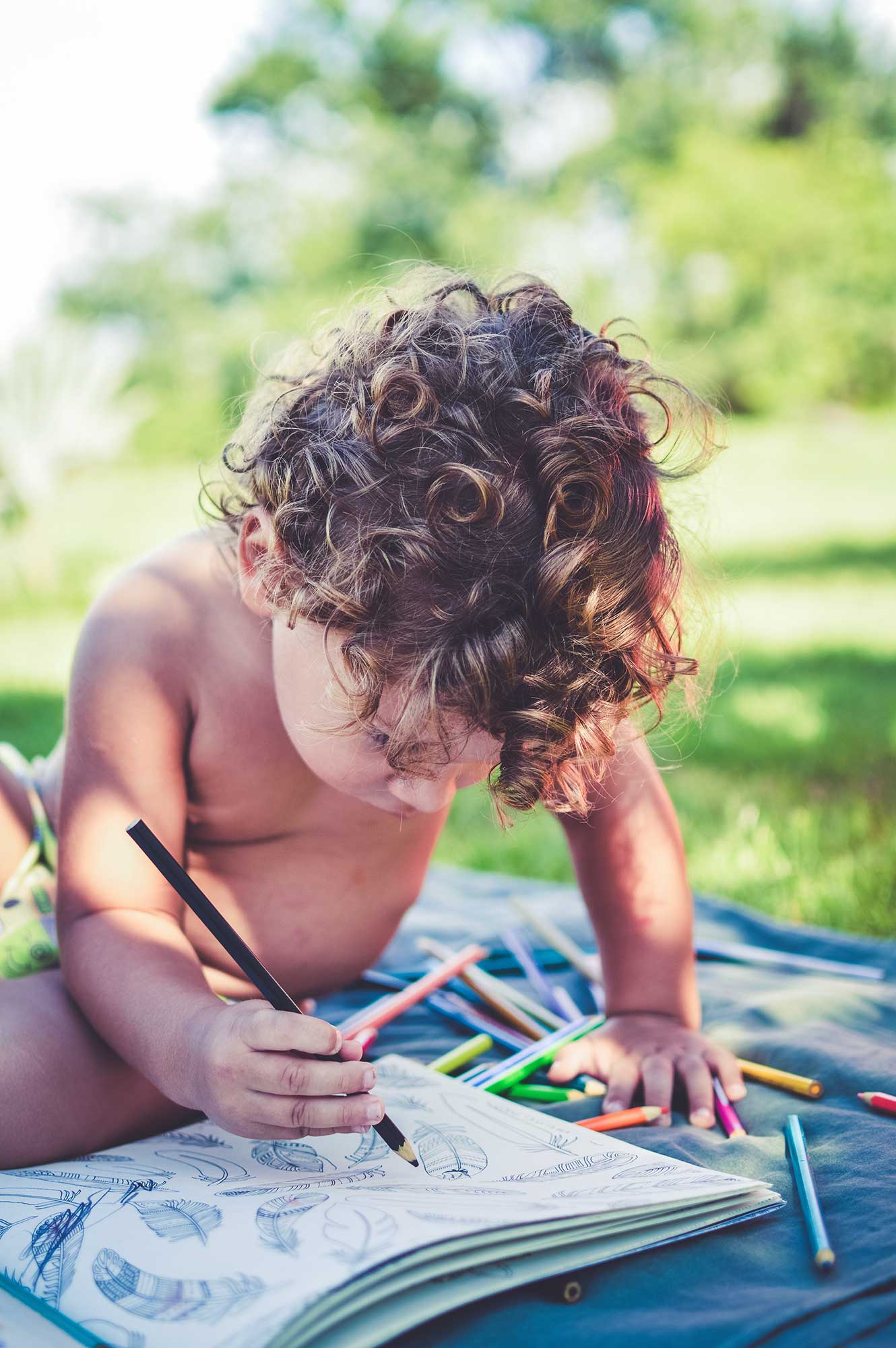Childhood trauma can cast a long shadow, impacting emotional well-being in adulthood. Art therapy, with its gentle approach, can serve as a beacon of healing for those seeking to overcome the scars of their past. Let’s explore how art therapy and coloring can aid in navigating the complexities of childhood trauma.
Ways to Use Art Therapy and Coloring to Heal Childhood Trauma:
- Symbolic Expression: Encourage children to use art to symbolize their feelings and experiences. Ask them to draw or paint what they’re feeling, allowing their emotions to manifest visually.
- Therapeutic Storytelling: Use storytelling and art to process traumatic events. Children can illustrate their stories, creating a tangible representation of their emotions. This combination of art and narrative promotes understanding and coping.
- Safety in Mandalas: Mandalas provide a sense of containment and safety. Coloring mandalas can help children establish a boundary between their trauma and their present moment, fostering a feeling of security.
- Empowerment in Self-Portraits: Encourage self-portrait creation to help children reclaim their identity. Guide them to visualize themselves as strong, resilient beings who are not defined by their trauma.
- Creating New Endings: Invite children to create alternative endings through art. If they’ve experienced a negative event, encourage them to draw or paint a version where they are in control and the outcome is positive.
- Art as Communication: For children who struggle to verbalize their trauma, art becomes a language. Engage in dialogue about their artwork, allowing them to communicate their emotions without the pressure of speaking.
Related Keywords: childhood trauma healing, art therapy for children, healing through art, trauma recovery techniques, therapeutic activities for trauma
